From Boss 302 to SVT Cobra: How the 5.0 V8 Became the Mustang's Most Famous Engine
When you are talking about a car with a history as long and a fanbase as large as the Ford Mustang, it’s hard to pin down a single engine that’s defined the model.
Yet, if you had to pick one for the Mustang, the 5.0L V8 would likely be the right choice. And of course before we started using liters to denote engine displacement, the 5.0 was better known as the 302.
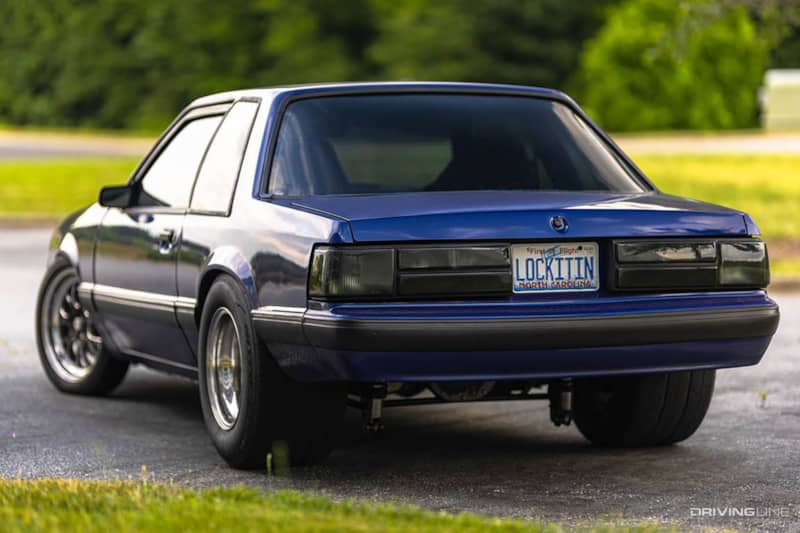
With that in mind we thought we should look back and see how the 302/5.0 has come to define the Ford Mustang both in the past and in the present day.
The Birth of the Ford 302ci Small Block V8
For part one will start with the debut of the 302 small block in the late 1960s and continue through the end of the OHV Mustang era in the mid 1990s.

The 302 V8 first appeared in the Mustang for the 1968 model year, as a slightly stroked version of the 289 Windsor family V8 which it replaced. This went along with an increase in displacement in most American V8 engines in the late '60s.

But what's especially interesting about the 302 is that it also owes some its lineage to motorsports. At the 24 Hours of Le Mans where the Ford GT40 famously dominated in the mid '60s, new regulations meant the end of the big block-powered GT40s and a return to the small block.
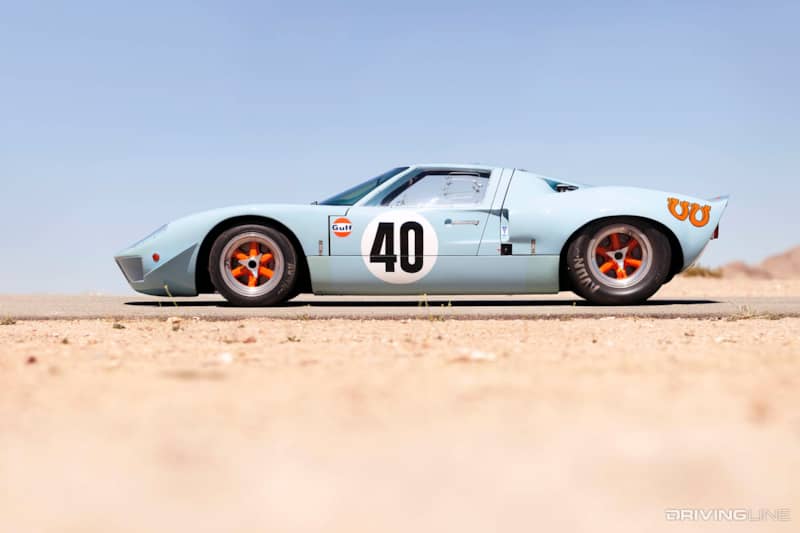
And at 4,942cc, the new 302 came it just under the new 5.0 liter displacement rule at Le Mans, though obviously the 302 that replaced the 289 as the base Mustang V8 was a completely different animal than the race version.
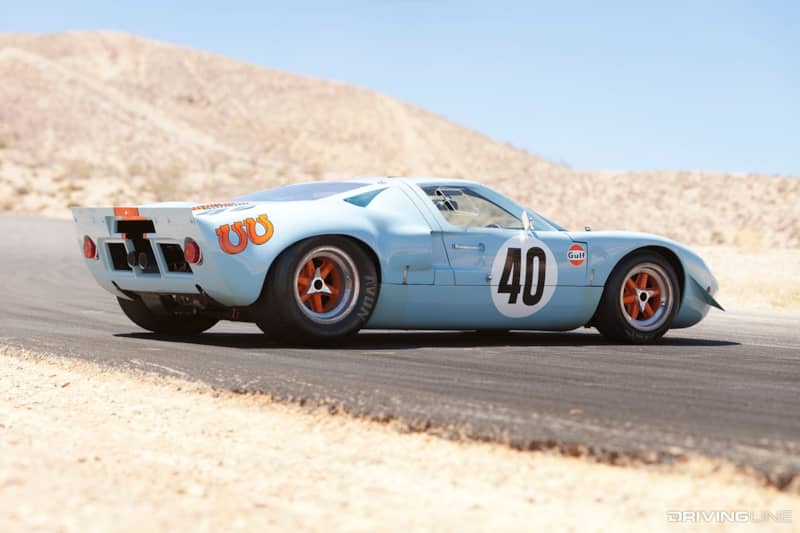
In fact, the four-bolt main "Boss 302" engine differed from the standard 302 in many different ways. It had much stronger block and a crankshaft and heads from the Cleveland family. The result was high-revving, race-ready engine that made very impressive power for its size.
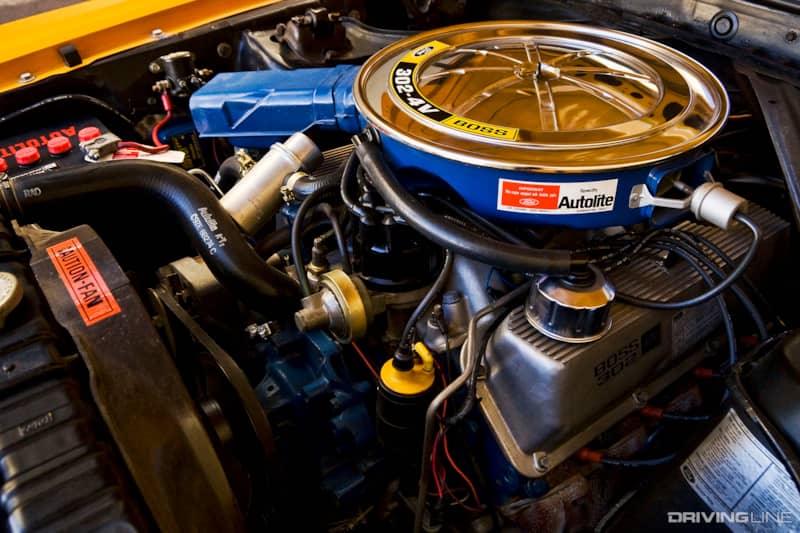
This engine would used in the Mustang race cars in the SCCA Trans Am series, which had the same 5.0 liter displacement limit. And on the street it could be found in the now-legendary 1969 and 1970 Boss 302 Mustangs.
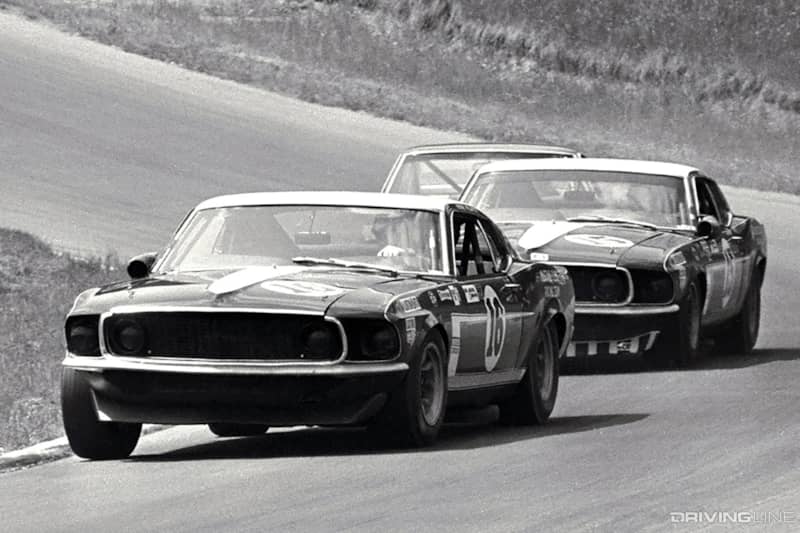
Despite being a relatively small V8 even by small block standards, the Boss 302 helped give the engine a new air of credibility and coolness, both on the street and the race track.
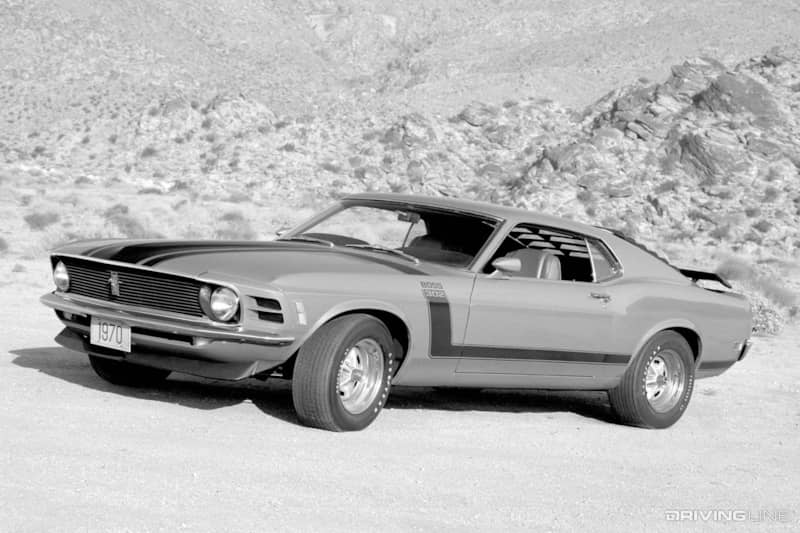
The 302ci Becomes the 5.0L
By the early '70s though, horsepower and performance had begun to decline across the board, although the 302 remained as an engine option for the Mustang all the way through the Mustang II era.
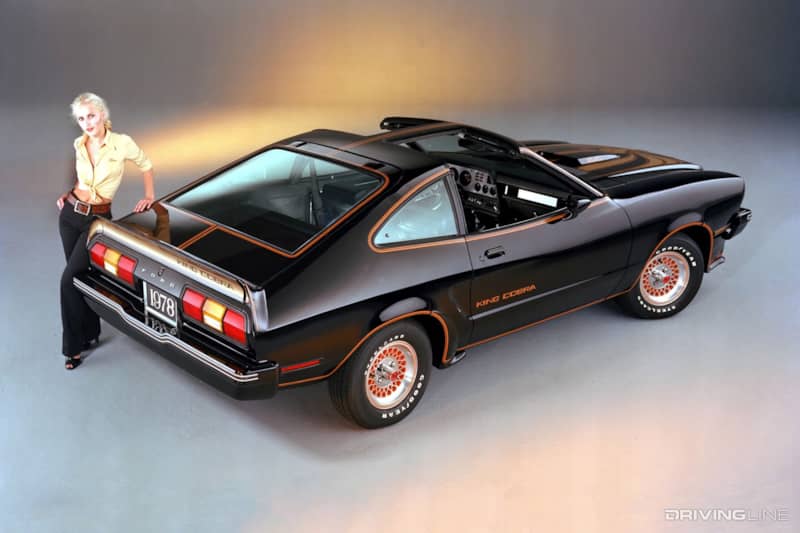
Perhaps the most notable development came in 1978 when Ford started calling the 302 the "5.0" in an attempt to make the old small block seem more cultured.
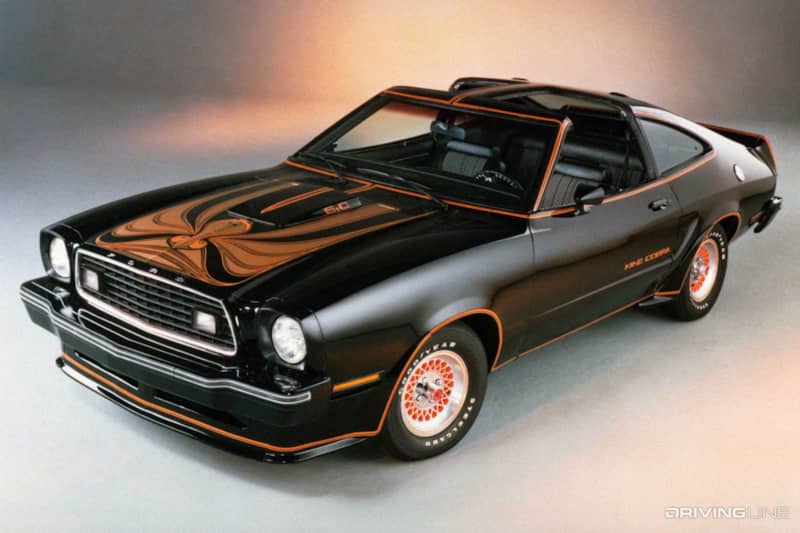
Yet despite being a product of the '60s, the fun was really just beginning for the 302—I mean the 5.0. The new Fox platform Mustang debuted for 1979, and by 1982 the new "HO" version of the 302 began powering the Mustang GT, first with a carburetor and with electronic fuel injection by the mid 1980s.
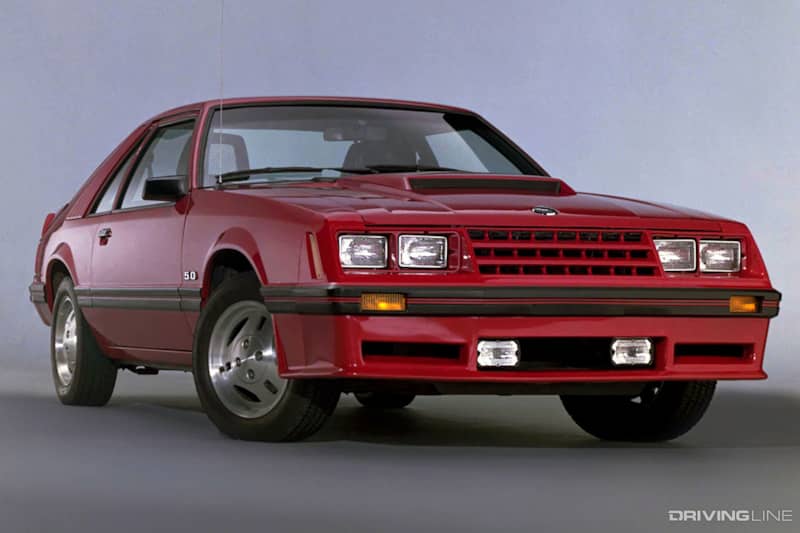
By the late '80s the new EFI 302 HO engine had lifted the Mustang to new levels of performance, and the small "5.0" badge on the front fenders of V8-powered Mustangs became iconic.
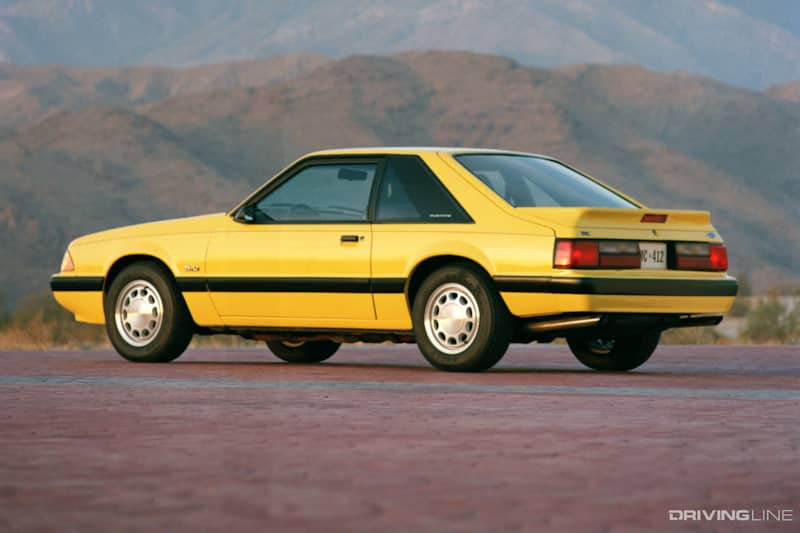
In 1994 the redesigned SN95 Mustang debuted, leaving the boxy shape of the Fox Body behind. The standard Mustang GT continued to be powered by the 5.0 V8 while the SVT Cobra models had their own 5.0 that was tweaked for additional performance.
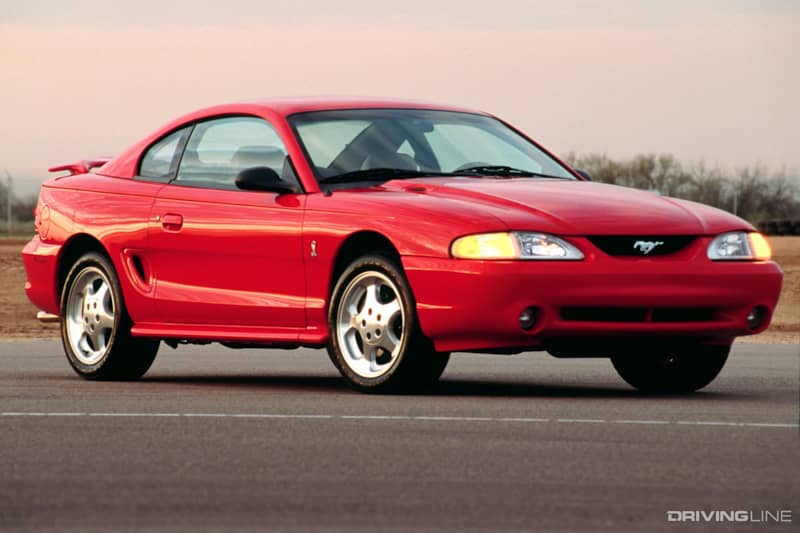
Then, in 1996, after nearly 30 years the legend of the 302 Windsor-powered Mustang came to an end. The old pushrod small block was gone, replaced with Ford's new overhead cam, modular 4.6L V8.
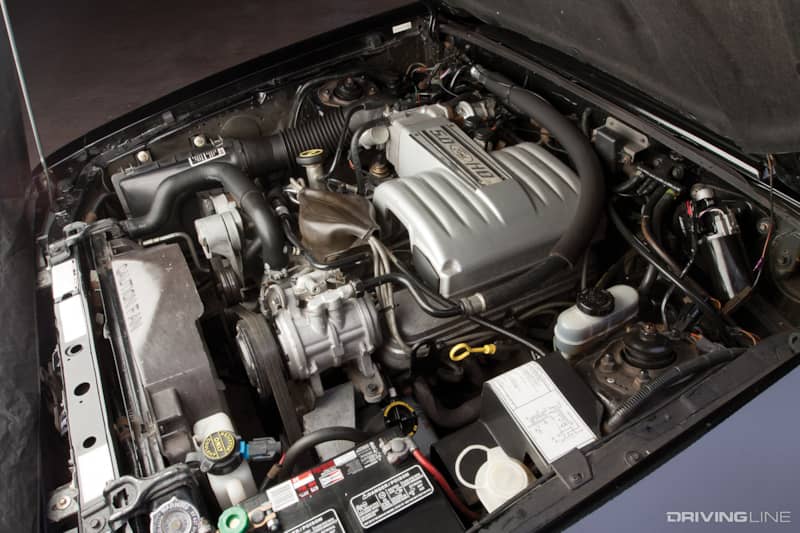
The 4.6 would become the defacto V8 Mustang engine for the next decade and a half, but as we all know that famous "5.0" badge would eventually make its triumphant return and that's what we'll cover next time.
More From Driving Line
- Still in that 5.0 mood? Here's why the Fox Body Mustang is no longer the high performance bargain it once was.







